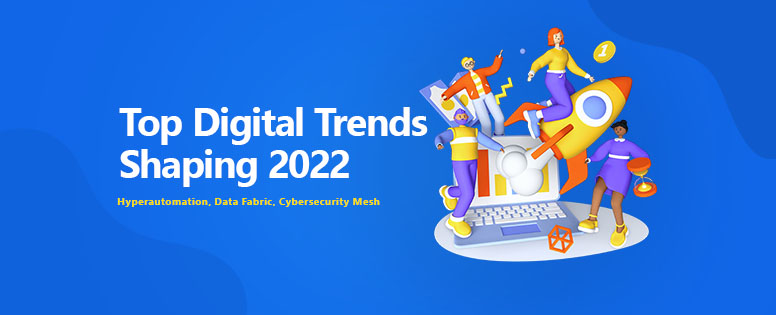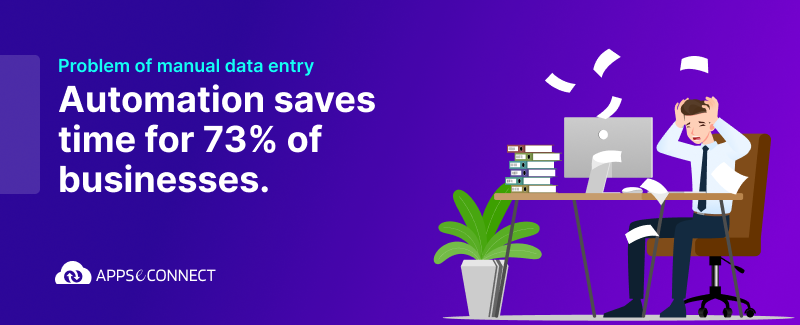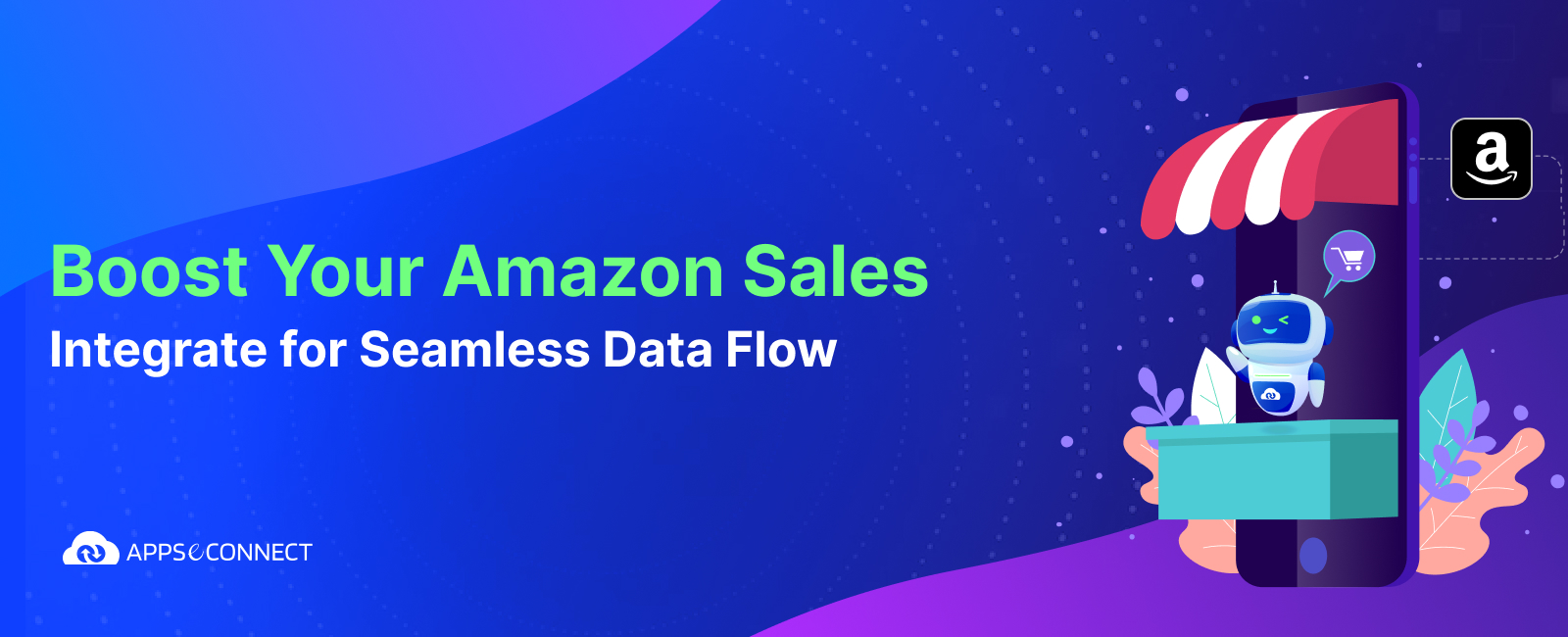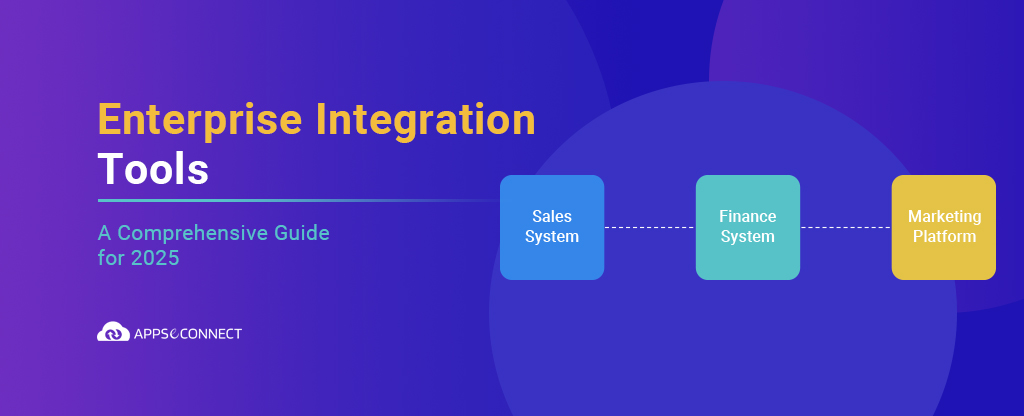A new year has arrived, and with it comes new trends for the industry, which businesses need to tap into to ensure their growth in the upcoming year and new challenges they need to overcome. Aside from new emerging trends, lingering elements of the pandemic also continue to have lasting effects within the industry that companies need to keep track of.
Because of these ever-changing customer demands and disruptions in the industry, companies continue to push toward implementing newer technologies to their business workflow despite the intense technical requirements and resources needed for a dedicated IT (Information Technology) team to establish a robust digital infrastructure within an organization. The continued focus on developing and implementing new business operation management technologies has created a shift towards a digital-first industry and the development of technologies that are not only built upon what currently exists but also expands them to newer opportunities as well.
As the demand for innovative technology continues to dominate the industry, IT decision-makers must identify emerging technology trends to stay ahead of the competition. With this in mind, we bring to you our top digital trends that will dominate the industry in 2022.
Digital Trends that are Shaping 2022
Hype for Hyperautomation
One of the latest disruptive technological innovations in business technology is the concept of Hyperautomation. Over the last few years, automation has been the core foundation for the digital infrastructure of organizations. Hyperautomation takes that concept a step further by scaling automation across the enterprise via the reuse of processes and the deployment of multiple, integrated technology capabilities. While RPA is already a widely used technology within the industry, fully integrating RPA with Artificial Intelligence and Machine Learning to lower the need for human interaction for digital transformation.
The technology aims to unlock productivity and accelerate time‑to‑market for organizations by rapidly identifying and automating as many business and IT processes as possible through the integration of a vast suite of technologies such as Artificial Intelligence (AI), Machine Learning, Event-driven Software Architecture, Robotic Process Automation (RPA), Integration Platform as a Service (iPaaS), Low-code/No-code platforms, Business Process Management (BPM) and Intelligent Business Process Management Suites (iBPMS).
The system of Hyperautomation not only allows for improved customer experience but also enables IT, leaders, in an organization to utilize the technology to complete bulk, low-level processes and relocate human resources to more demanding tasks to improve organization productivity.
Expanding AI-driven Big Data Analytics and Cloud Computing
While Hyperautomation is one of the star players in business technology for the coming year, it is the integration of Artificial Intelligence (AI) in business processes that makes it possible. While AI is often seen as a platform that interacts with humans by replicating human speech patterns and behavior, the functioning of AI in business processes is more focused on improving organizational decision-making. AI in organization management helps improve personalization, ranking search results, recommending products, and interpretation and managing devices to build improved models of the system to automate operations.
The use of AI in combination with Big Data for predictive analysis of future trends will also play a key role in businesses in the coming year to stay ahead of the competition and make long-term strategic plans for business growth.
With a consistent push for cloud systems, massive growth in cloud computing will also occur in 2022 in conjunction with AI-driven Big Data Analytics. With the advent of the Internet of Things (IoT) pushing Cloud Computing towards more significant and sophisticated operations, the technology aims to become more entrenched in the industry, with larger workloads to run natively in the cloud.
Rising Demand for Cloud-Native Platforms
Over the last couple of years, there has been a rising trend among companies to shift their existing legacy digital infrastructure to the cloud. With most organizations opting to have most of their IT infrastructure in the cloud, there is a rising demand across the industry for Cloud-Native platforms.
Cloud-Native Platform involves developing and operating applications by taking advantage of the cloud computing delivery model. By directly building and operating applications under a cloud-native architecture, organizations can develop and run scalable applications within public, private, and hybrid systems and bring new concepts to market faster and react efficiently to upcoming customer buying trends.
With the ability to rapidly deploy applications through a Cloud-Native Platform, businesses can quickly build and deliver applications in response to changing customer trends and reduce the time to market for those demands. Another reason for the industry shift for Cloud-Native Platforms is the resilience and flexibility they offer in contrast to traditional on-premises infrastructure. Through a cloud-native infrastructure, IT teams can better allocate their resources to focus on developing a resilient architecture that can rapidly design systems that stay online regardless of any technical difficulties in the environment. Another advantage of a natively supported cloud development platform is that it provides enterprises with greater flexibility to build applications that run on any public or private cloud without the need for modifications that traditional systems cannot.
Robust integrations through Data Fabric
Data Fabric is a new and upcoming technology in business integration computation based on a design concept of integrated layers of data and connected processes. Data fabric provides enterprises with a new strategic approach towards business operations by utilizing real-time continuous analytics instead of existing metadata assets to design, develop, deploy, and operate integrated and reusable data.
The system leverages both human and machine capabilities to make the required data available across the entire infrastructure when required or support its consolidation where appropriate. The data fabric continuously monitors the system and identifies and connects data from isolated applications to discover unique, business-relevant relationships across all available data points. With this system, organizations can reduce their data management efforts by up to 70%.
Improved Data Security through Cybersecurity Mesh
Cyberattacks are one of the biggest threats for business in the modern era. With the vast amounts of sensitive data modern organizations store and operate with, they become the prime target for hackers and other malicious groups for a cyberattack. The major SolarWinds hack in 2020 highlights how fragile the digital security system is and how such a system breach can have long-term consequences.
With businesses working with even larger data volumes and more complex computations infrastructures, improved data security is of utmost importance for every business across the industry. The upcoming technology of Cybersecurity Mesh can help meet these security demands. The Cybersecurity Mesh is a system of integrated digital security solutions. It is a security strategy than a predefined system architecture that independently secures each system with custom individual perimeters such as firewalls and network protection tools. Most traditional security protocols use a single element to secure an entire IT environment, but a cybersecurity mesh uses an integrated approach towards safeguarding the system.
The comprehensive approach towards system security through a cybersecurity mesh enables best-of-breed, stand-alone security solutions to operate in unison to improve end-to-end security while moving control points closer to the assets they are designed to protect. The system can rapidly and reliably verify identity, and security protocol compliance across cloud and on-premises, and hybrid architectures. With the rapid threat and security breach identification capabilities offered by a cybersecurity mesh, cybersecurity specialists can more effectively spot risks and identify the behavior patterns of cybercriminals, and thus, proactively prevent future attacks.
The above breakthroughs in technology will accelerate digital capabilities and drive growth for businesses by eliminating common challenges faced by technology decision-makers in the industry by offering a roadmap to fulfill business objectives and help them achieve sustainable business expansion and productivity.
Ready yourself for the upcoming digital trends of 2022 with APPSeCONNECT
All the above technology builds upon the technological foundation your organization already has, and if you want to build a solid IT infrastructure foundation, you need a robust integration and BPA (Business Process Automation) platform for it. With the help of APPSeCONNECT, you effortlessly achieve the robust end-to-end integrated IT infrastructure you need to grow your business in 2022. APPSeCONNECT comes with flexible and data mapping, process orchestration, and customization as per business scenarios, and offers seamless integration of most of the popular line-of-business applications. The platform also supports full customization for business needs and boosts organizational standards. With the help of APPSeCONNECT, you can effortlessly create a seamless end-to-end integrated IT infrastructure that your business needs to grow and fully leverage the upcoming digital trends of 2022.
If you have multiple systems running in your business, connect all of them under one single platform to automate the business process and improve your productivity and efficiency!





















